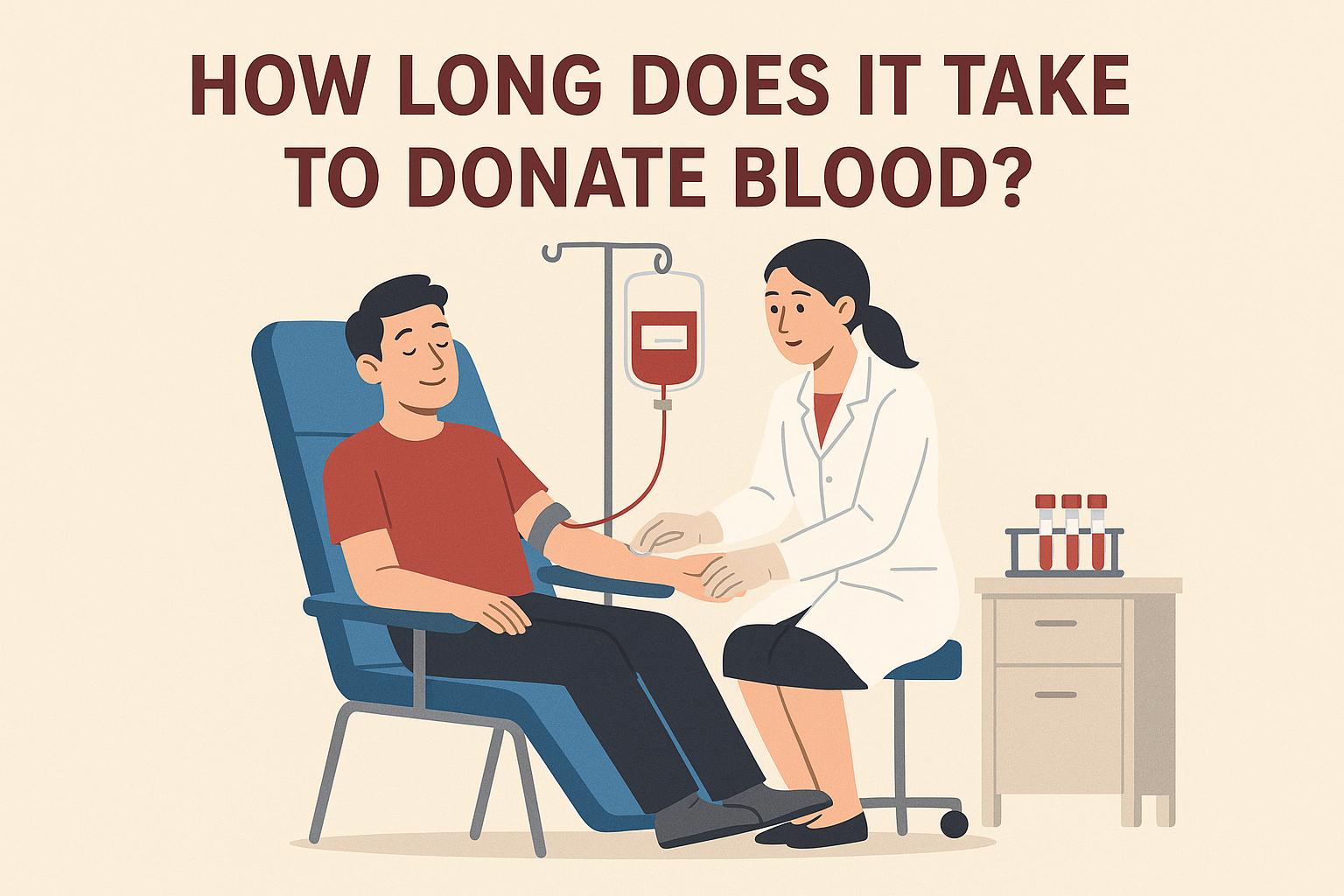Understanding the Blood Donation Process
Donating blood is a relatively simple but vital activity that can save lives. The process is straightforward, but many potential donors often wonder about the time commitment involved. Here, we break down the time it takes to donate blood and what you can expect during your appointment.
Pre-Donation Preparation
Before you even step into a blood donation center, some essential preparation is necessary. This typically involves making an appointment, although some centers do accept walk-ins. Making an appointment can expedite the check-in process and ensure that the center can accommodate you. Appointments can often be scheduled online or via a phone call, offering flexibility to donors. On the day of your donation, it is crucial to ensure that you have had a nutritious meal and are well-hydrated. Eating iron-rich foods before your donation can boost your iron levels, enhancing your overall health during the process. Hydration is equally essential, as being well-hydrated can make your veins more prominent and facilitate easier and quicker blood drawing. This preparation helps streamline your donation process and can reduce the overall time spent at the center.
Check-In and Health Screening
Upon arrival at the donation center, the first step involves a check-in process. This generally includes presenting identification and reading through informational material to understand the donation process. These documents often detail the eligibility criteria, potential risks, and benefits of donation, ensuring that you are well-informed. Following this, donors undergo a health screening, which involves a brief medical history interview. Basic vital signs, such as blood pressure, pulse, and hemoglobin levels, are checked to ensure you are fit to donate. The health screening is crucial as it ensures the safety of both the donor and the recipient of the blood. This part of the process usually takes about 10 to 15 minutes. During the screening, it’s essential to communicate any recent travel or illnesses, as certain conditions may temporarily defer you from donating.
The Donation Process
Once you are cleared to donate, the actual blood collection takes place. You will be guided to a donation area, where a trained phlebotomist will assist you. The procedure involves lying back in a comfortable chair while a sterile needle is inserted into a prominent vein, usually in your arm. The area is cleaned with an antiseptic to minimize any risk of infection. The blood collection itself typically takes about 8 to 10 minutes, depending on personal factors such as blood flow rate and vein size. During this time, you can relax and sometimes even chat with staff or listen to music to make the process more comfortable. In total, the donation session, including preparation of the needle and collecting equipment, may last around 15 to 20 minutes.
Post-Donation Recovery
Following the blood draw, a short recovery period is essential. Donors are usually directed to a waiting area where they can rest and consume beverages and snacks provided by the center. Replenishing fluids and having a light snack can help stabilize blood sugar levels and rehydrate your body. This is a preventive measure to allow your body to adjust to the slight loss of blood. The recovery period is generally around 10 to 15 minutes, but it’s crucial not to rush this stage for your own safety. During this period, staff may offer you water, juice, or some light snacks like cookies or crackers to help restore energy levels. Donors are encouraged to sit quietly and report any dizziness or discomfort to the staff immediately. Once you feel adequately rested, you can slowly resume your regular activities. It’s advised to avoid any heavy lifting or intensive physical activities for at least the next 24 hours.
Total Time Commitment
In summary, the entire blood donation process from arrival to leaving the center generally takes about an hour. While the donation itself is relatively quick, the accompanying procedures are just as significant to safeguard the donor’s health and improve their overall experience. Arriving early, especially if you are a first-time donor, can help accommodate any unforeseen delays and streamline your experience. The efficiency of the process is dependent on both the donor’s preparation and the center’s management. For repeat donors, the familiarity with the process often aids in a smoother and quicker experience.
Additional Considerations
Donating blood not only contributes to community health but also has personal health benefits. Regular donors can receive basic health screenings, which can sometimes alert them to potential health issues early on. Additionally, the feeling of contributing to a life-saving cause can be deeply fulfilling. It’s worth noting that eligibility to donate can vary based on factors such as age, weight, and medical history. Staying informed and following post-donation care advice is crucial for maintaining well-being after donation. Donor centers often provide educational materials or consultations for those interested in learning more about the impact of their donation and how to further contribute to the cause.
For more information on the blood donation process and to find a donation center near you, you may wish to visit specialized blood donation organizations, such as the American Red Cross or similar entities relevant to your location. These organizations provide comprehensive resources and frequently asked questions to guide potential donors.
Conclusion
Blood donation is an invaluable service to those in need, and the small time investment can yield significant benefits for individuals requiring medical support. By understanding the timeline and what to expect, potential donors can approach their appointment with confidence and ease. The process not only aids those in critical need but also fosters a sense of community and altruism. As medical advancements continue, the demand for blood remains constant, and the simple act of donation can have a profound impact. With informed preparation and adherence to guidance, anyone eligible to donate can become a key player in saving lives, one pint at a time.
